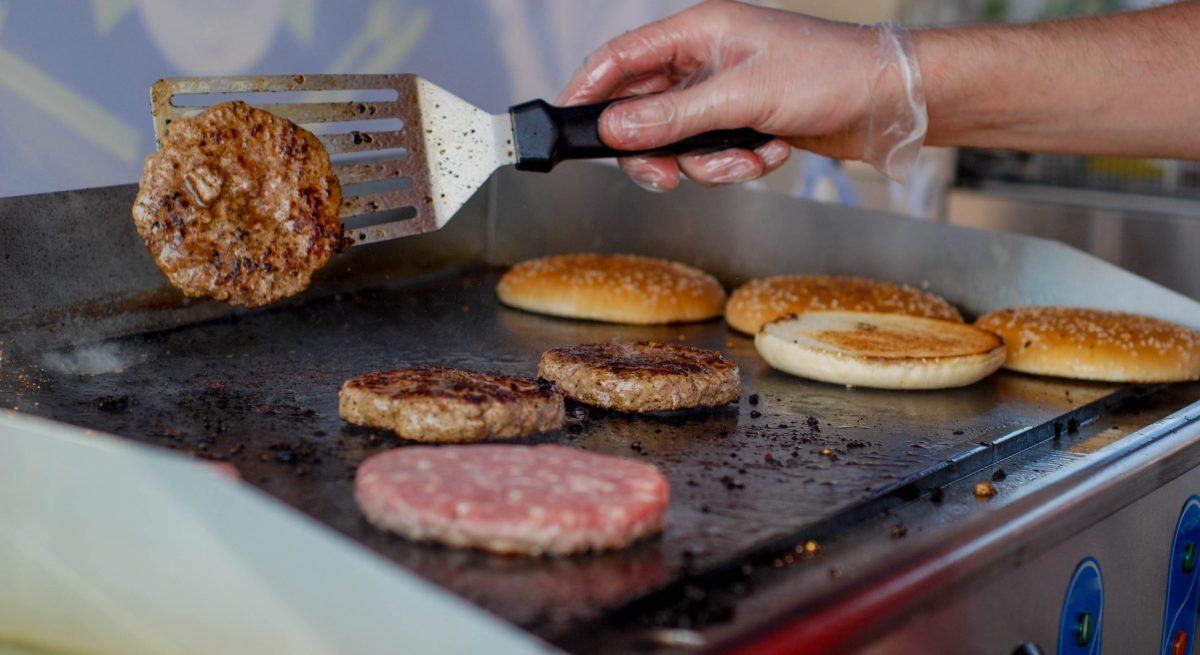Five Keys to Success for QSRs Post-COVID
3 Min Read By Jackie Walker
There is no doubt that 2020 was a transformative year for the restaurant industry. It quickly became obvious that the brands best able to respond to the challenges posed by COVID restrictions and customer behavior changes were those with a strong digital foundation. When drive thru, curbside, and delivery became the primary (or only) service models, and digital transactions soared, brands such as McDonald’s, Starbucks, and Domino’s didn’t need to build from the ground up, and instead focused on optimization. The key areas QSRs need to prioritize to thrive post-COVID are becoming much clearer as having a digital-first approach has become critical to future success.
Mobile-Based Loyalty Programs
It is no surprise that the rollout of loyalty programs is all around us, with companies like McDonald’s, Burger King and Taco Bell all providing this offering to their customers. Mobile-based loyalty programs will become a cornerstone of the QSR value proposition for customers, as they have welcomed the added level of convenience and value that come with loyalty program enrollment. As Starbucks has demonstrated, loyalty programs enable the capture of far more first-party customer data than was previously available, providing value to the brand at the corporate level and franchisees as more customers are converted from unknown to known. Loyalty programs are the bridge to building brand affinity, so prioritizing loyalty as a technology, marketing, and operations initiative will be critical for QSRs to maintain their share of customers’ wallets.
Data-Driven Personalization
With the collection of more customer data comes the opportunity to retool customer engagement marketing. Personalization of offers – as part of loyalty programs or across owned and paid channels – will provide highly valuable and contextual customer interactions that more efficiently drive customer behavior. Personalized offers deliver the right incentive to the right people at the right time, optimizing promotion budgets and appeasing franchisees, who loathe to lose margin unnecessarily. Customer Data Platforms (CDP) and marketing automation driven by machine-learning, with a focus on data security and privacy from the start, are key enablers of personalization. Building the capabilities to support personalization will allow for greater agility in developing strong customer relationships.
Delivery Reimagined
Rethinking delivery will be an important focus area for brands as delivery orders remain at a higher percentage of total transaction volume. Third-party delivery threatens the brand’s relationship with its customers due to the loss of first-party data and control of the customer experience end-to-end, most critically food quality and customer service. Managing down third-party fees will improve margins as labor costs continue to rise. Determining how the brand can support white-labeled delivery will provide better service to customers and improve the bottom line.
Contactless and Convenience
For customers who come to the restaurant, contactless experiences and convenience are converging to provide both safety and speed. Though safety is still important, convenience is re-emerging as a top priority as customers have settled into new habits. Drive thru was effectively pre-built for COVID, but brands will need to continue to focus on improving speed of service, particularly as Loyalty program adoption increases. Continuing to optimize curbside pick-up, providing walk-up service, and minimizing physical touchpoints for customers on-premise more permanently – via self-order kiosks, touchless payments, and cubbies or pickup areas – will also be an important ingredient for meeting rising customer expectations for convenience. Digital enablement, particularly tied to the brand’s mobile experience, will make these interactions more operationally sound and seamless for customers.
Convergence of Physical and Digital
Finally, as many of the new restaurant prototypes released this year made clear, the convergence of physical and digital is here. Technology will play a larger role in the on-premise customer experience, with digital menu boards and kiosks providing valuable opportunities to drive incrementality, speed of service, and improved accuracy. The evolution of back of house technology will continue to optimize kitchen operations as QSRs adjust to a much higher proportion of orders being consumed off-premise. Taco Bell, for example, incorporated smart kitchen technology to detect customer arrival and suggest in-app the fastest pick-up option. The integration of customer facing digital experiences with real-time kitchen operations – whether through a mobile app or menu board – will become the key to end-to-end customer satisfaction: from ordering, to speed of service, to food quality.
As we have crossed the one-year threshold of the pandemic we can better reflect on the rapid responses to crisis and turn our attention collectively to a reimagined future. The quality and durability of customer relationships will depend on the ability to adjust to the shifting landscape: where loyalty programs and personalization are expected, delivery is a more integrated service model, and physical restaurants must deliver on the promise of convenience. Digital customer touchpoints and technology that is powered by data will be critical components of the customer experience for QSRs moving forward. The reality is that digital transformation is a necessity for survival for QSRs in a post-COVID world.


